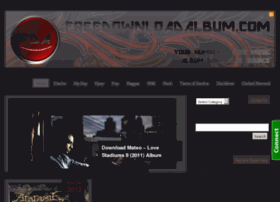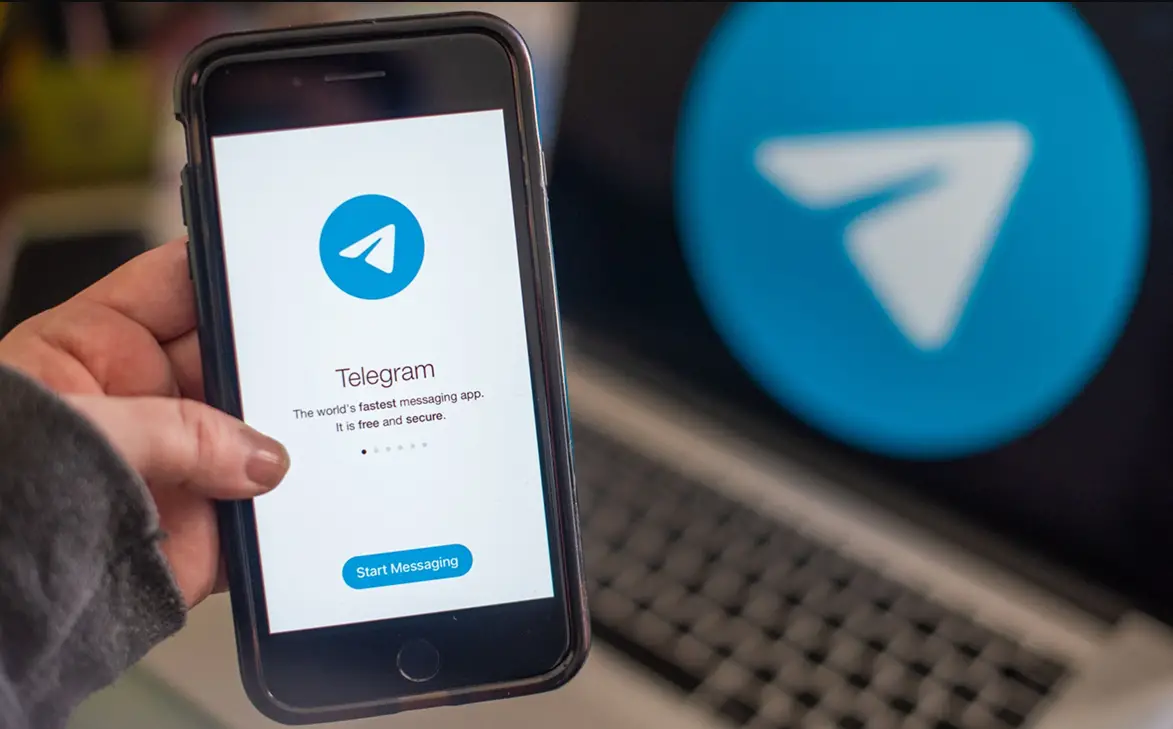

Once all this is done, you should be able to browse to and successfully sign-in.
Iframe chatid code#
Iframe chatid registration#
Iframe chatid update#
Make sure you copy the App ID when you are done (you’ll need this ID to update your code). Step #2 is to register the sample app in the portalĪs you work through Step 2, you will sign in to Azure Active Directory using the developer account and tenant you setup earlier. Make sure you follow the tutorial and change this to Single-Page Application (SPA) or auth will not work from the JavaScript test app.ģ) Use a Private or Incognito browsing session when you test to ensure you get to pick the credentials that get passed during development. You will need to turn off security defaults to start with (or else you need to work through setting up MFA)Ģ) Also, when you setup the App Registration, AAD will default the client type to Web. That’s a good practice, but for the sake of this demo and getting started– we don’t want to dive too deep yet and I don’t to get into MFA yet.

I picked the Create a JavaScript single-page app because there are almost no dependencies to break or SDKs to install, but there are still a few config changes I needed to make:ġ) Azure AD recently started to enforce “ Security Defaults” which will try to require Multi-Factor authentication. If you find that something has changed and the info below no longer works for any reason, leave a comment and I’ll update my post. Azure AD and MS Graph are no exception, so you may find many of the online samples need some tweaking to make them work if things have changed since they were created. Technology is always moving forward and that means things change constantly. Online samples are great– when they work. We’ll do that in the next steps 2 and 3.Īn important note before you continue. When you complete this step, browse to and if all goes well, you should see the app load in your browser:īefore this app is functional, we need to configure the app registration and auth library before the sign-in will work. Step #1 is to Create the JavaScript Single-page app. Just create the files in the same directory you started your web server using npx. I used VS Code but there are no dependencies on the tool you use. The existing MS graph tutorial for Create a JavaScript single-page app tutorial has you copy and paste to create six files (index.html, style.css, auth.js, graph.js, ui.js, and config.js) that make up the code. Once you get the concepts down, it’s easy to adapt them in whatever language and environment you prefer. The code may look different, but the concepts are all similar. There are a LOT of tutorial samples out there that use different languages, dev environments, tools, etc. Let’s start with this very basic JavaScript sample that uses a single-page app and Node to spin up a HTTP server to host it. There are several different samples you could build on found in Microsoft Graph Tutorials. We’ll build on an existing Graph Tutorial, review some concepts, and add support for sending a chat message in Teams.īefore you go through this, be sure you have a developer tenant setup and verify that you can successful sign in.

Iframe chatid how to#
In this post, I’ll look at how to setup an app registration and move some of these concepts into a custom application that uses Graph API. This is the easiest way to get started with Graph API. In my last post, I covered a basic introduction to Graph API using Graph Explorer and a developer tenant. Reed Robison extends a simple JavaScript Single-Page Application (SPA) to integrate with Teams using Microsoft Graph API.


 0 kommentar(er)
0 kommentar(er)
